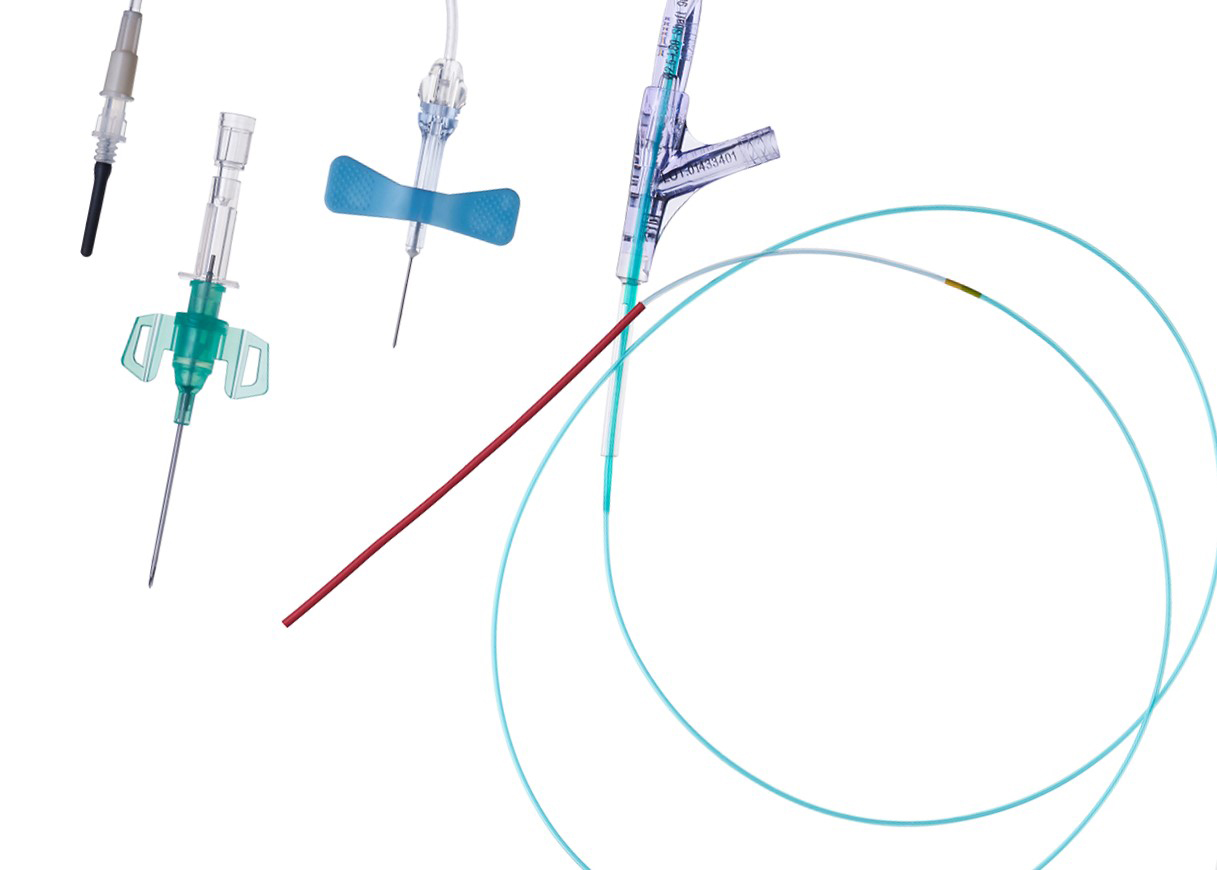The new technology is especially important in resins that incorporate high loadings of radiopaque metals because these fillers are known to exacerbate the degradation effect.

Working with a leading medical device manufacturer, Clariant Plastics & Coatings Healthcare Polymer Solutions has completed development and testing of new polymer materials specially formulated to resist degradation caused by exposure to high humidity and temperature. The new technology is especially important in resins that incorporate high loadings of radiopaque metals because these fillers are known to exacerbate the degradation effect.
The new compounds, marketed under the MEVOPUR brand name covering Clariant’s ‘medical grade’ materials, are expected to be especially useful in applications like medical catheters.
Catheters are typically made of relatively soft, flexible materials like polyether block amides (PEBA) or certain thermoplastic polyurethanes (TPU). These materials commonly contain metallic fillers like tungsten or tungsten carbide so that doctors and technicians can see the exact position of the catheter under X-ray fluoroscopy. “The problem is,” explains Steve Duckworth, Global Head of Marketing & Business Development, “when these devices are exposed to heat and humidity over time, the polymer chains responsible for developing critical physical and mechanical properties become broken and the functionality of the device – and patient safety – may be seriously compromised.” According to Duckworth, these hydrolysis effects can occur even with very small quantities of moisture trapped on the surface of the polymer, filler ingredients, or on the pellets of the compound.
The Clariant solution is a combination of proprietary processing techniques and additives that, together, help to make the polymer resistant to hydrolytic degradation. Accelerated aging tests conducted on both extruded tubing and injection-molded test samples show significant improvement in resistance compared to unmodified materials.
One of the early indications of chain breakage (scission) is an increased melt flow index (MFI), or reduction in viscosity, as the chains become shorter. The MFI of a standard 74% tungsten-filled PEBA Shore 35D compound was compared to an otherwise equivalent MEVOPUR modified compound over a 26-week period. In just the first few weeks, there was a significant increase in melt fluidity of the standard resin, and after the 4th week, the MFI was no longer measurable. Over the same period, the modified MEVOPUR compound showed almost no change. The observed difference was even greater during testing when tungsten-carbide-filled materials were used.
When the same materials were molded into tensile-test bars and measured for tensile strength and elongation, the unmodified samples saw reduction of 20 to 25% in these critical properties over the 26-week test period, while the MEVOPUR samples remained near 100%. In further mechanical-properties testing, the difference in results for tungsten-carbide-filled materials was much more pronounced.
“The final quality and reliability of catheter components relies on the stability and predictability of polymer material properties over a wide range of conditions,” Duckworth says. “Our testing on the new MEVOPUR radiopaque compounds shows the risk of polymer degradation from hydrolysis can be significantly reduced so predictability can be restored. This also demonstrates the importance of long-term collaboration between the device manufacturer and a materials supplier like Clariant.
Subscribe to our newsletter & stay updated.